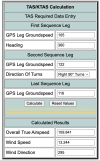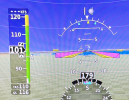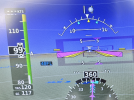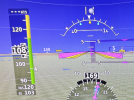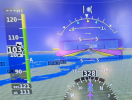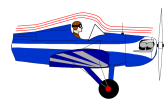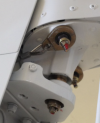One other consideration. The Dynon requires a unique testing method during pitot static tests or damage/calibration issues can result. Did this start immediately after your system test? Many A/P’s used to working on certified aircraft don’t know this!
When a pitot or static test is performed, the ADAHRS/EFIS is being exposed to dynamics that are impossible to achieve in a real aircraft flight environment – namely, there are large airspeed changes without the accompanying accelerations and rotations. This false condition will cause a well-calibrated unit to incorrectly adjust its calibration. Furthermore, when a unit is in a test situation a change in applied pitot or static pressure will cause the attitude to pitch up or down. This is expected.
Basic Principles
Ensure unit is warmed up during each test reading.
Unit should be powered off when changing pressures.
Keep aircraft still (do not move) when pressure is applied.
Steps
1. The aircraft itself should be temperature stable. For example, if the aircraft is moved from outside in the sun to a hangar for testing, tests should not be started until the airplane has stabilized at the hangar temperature.
2. Turn EFIS on and let it warm up until the altitude reading is stabilized. This period should be at least 5 minutes, but may take longer depending on environmental conditions.
3. Turn EFIS off.
4. While the EFIS is off, apply the pressure required by your test to pitot and/or static port via your
test equipment.
5. Turn on EFIS (external or internal battery power is acceptable). Keep aircraft still while EFIS is
powered on. Do not adjust the pitot or static pressures being applied to the EFIS/ADAHRS while
it is powered on.
6. Verify airspeed and/or altitude reading.
7. Turn EFIS off (using button 1 is a good option for this operation ) .
8. Repeat steps 4-7 for each required pressure point in the test.

